Blog Post 2: Kaida, Alyssa, Meghan
Habari za mchana (Good Afternoon)!
The first full day at Lake Naivasha started early as we arose with the sun in hopes of seeing some cool birds and hippos grazing on shore. Unfortunately, we didn’t see any hippos… but we did see a green tree wood hoopoe, a unique bird that we think everyone can agree was pretty darn cool. Other notable species include: the lilac-breasted roller (Andrea’s favourite local bird), African green pigeons, and droves of superb starlings that are marked by beautiful iridescent blues, greens, and rufous underbellies.
During a wonderful first breakfast at Lake Naivasha, vervet monkeys crashed our peaceful morning coffee and stole everyone’s attention, hearts, and watermelon! We took the opportunity to snap some photos of the baby monkeys that rolled and tumbled across the grass. After breakfast, we listened to a riveting lecture by Silas Wanjala on the history and ecology of Lake Naivasha. Home to one of the largest populations of hippos in the country (>700 individuals), this lake has no surface outflow of water which contributes to its function as one of the largest sources of fresh water in a long chain of alkaline lakes. Silas discussed the lake’s past from the time of the first settlers to present- day development as an important resource for the community and focus for wildlife conservation. Lake Naivasha (derived from Maasai word meaning ‘fluctuating’) has experienced an ever-changing water level. After a severe drought in the 1850’s Lake Naivasha almost dried out completely, devastating the local wildlife and leading to the extirpation of the native fish species – which is why all aquatic species that currently reside in the lake are introduced and non-native. In response to the constant threat of the lake drying up, the water act and MCA regulations were developed to monitor water levels and restrict commercial water use. In 2020 there was a major flooding event, the results of which can be currently observed from our camp. Acacia trees (fever trees) near the shore died and papyrus reed beds were greatly reduced (most destroyed). An engaging discussion period tested Silas’ encyclopedic knowledge of dates and statistics imparted the audience with a great appreciation for the local ecosystem.
As soon as the lecture was finished, Alyssa noticed a shadowed bird in the upper branches of the acacia trees behind camp. After several attempts trying to draw everyone’s attention, the others finally took notice. Cameras were grabbed, chairs toppled over as everyone took off with reckless abandon. After snapping some photos, the bird was finally identified as a long-crested eagle: a regal highlight of today’s wildlife observations.
Following a delicious and nutritious lunch; student led peer-reviewed article analyses were slated to begin. However, prior to the first presentation an exclamation rang out across the camp: “Holy crap, look at that hippo!!”. Once again, cameras were snatched as students and professors alike fled to the water’s edge. When everyone was finished gazing at the gargantuan grazer, the presentations began. Focused on the biogeography and biodiversity of tropical ecosystems, we heard presentations by Alyssa, Madeleine, Andrea, and May that provided the background knowledge necessary for the day’s final lecture by Steve that explored ecological hotspots across the tropics. Following a short bout of stargazing after dinner, we all went to bed early to get plenty of rest to wake up bright and early for the next day.
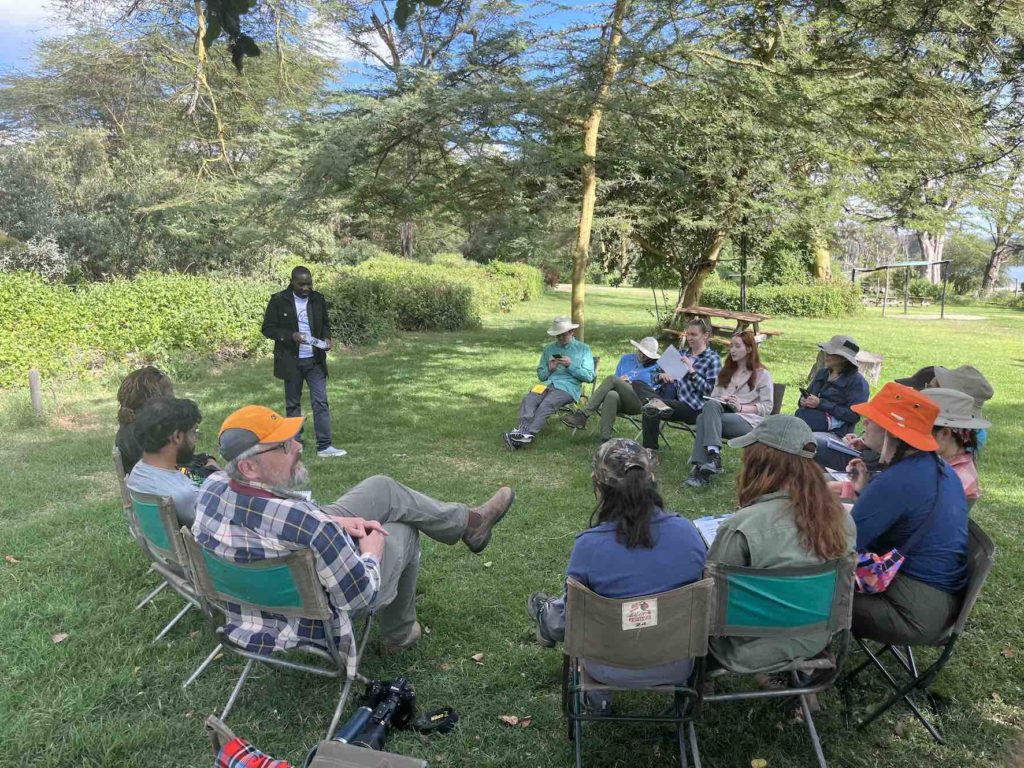
Silas talking about management and environmental issues for the Lake Naivasha region.
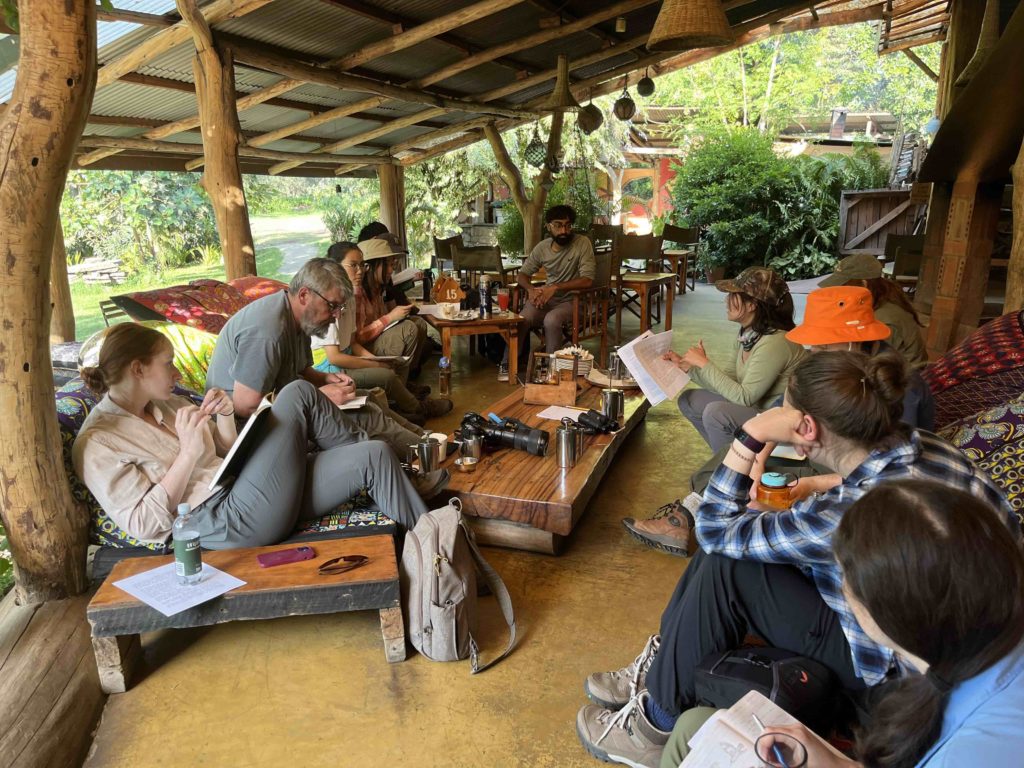
Andy giving her presentation on species richness and phylogenetic richness of mammals

Hippo visitor to our camp, happily munch grass alongside the electric fence.
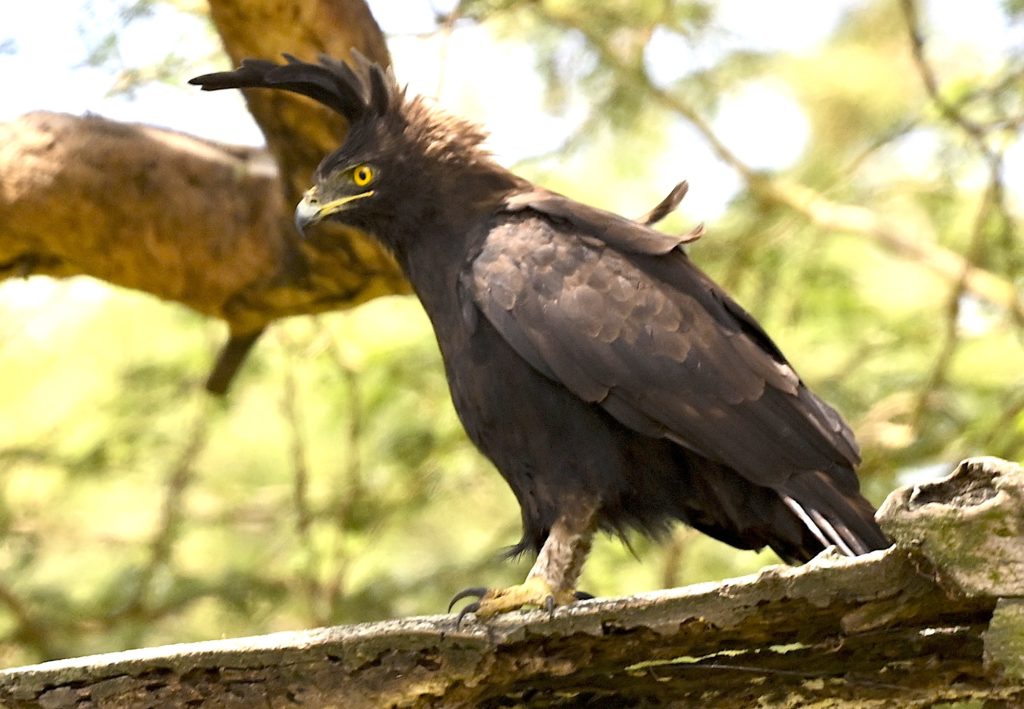
Long-crested eagle
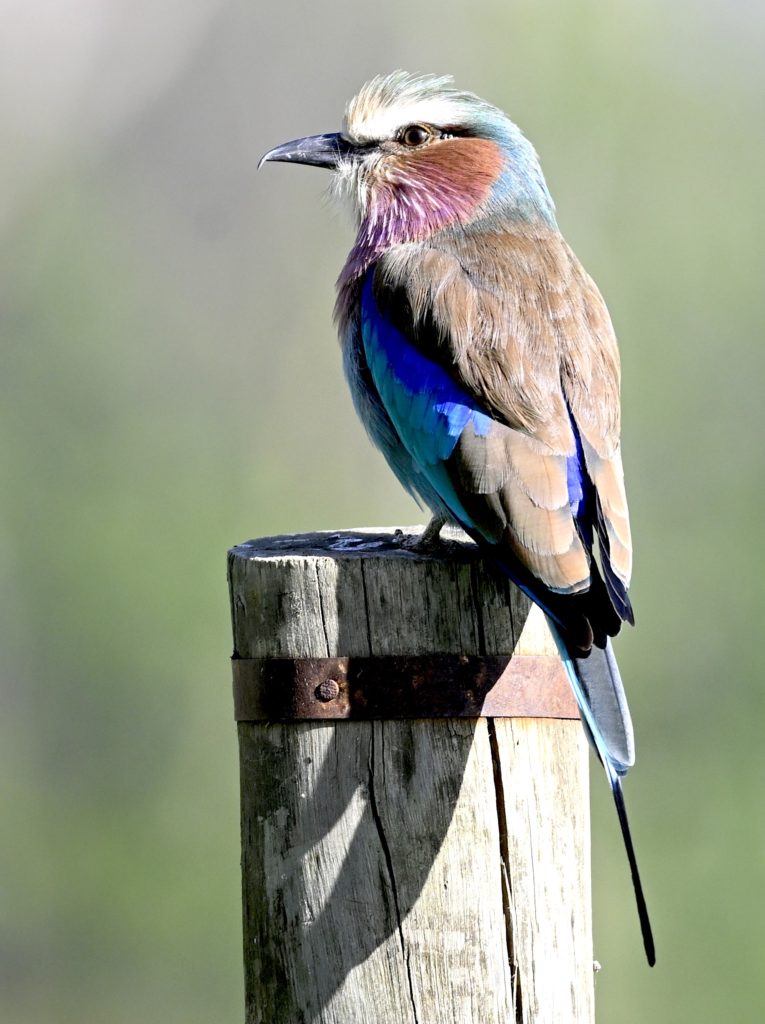
Lilac-breasted roller viewing our camp with righteous, sartorial disdain.

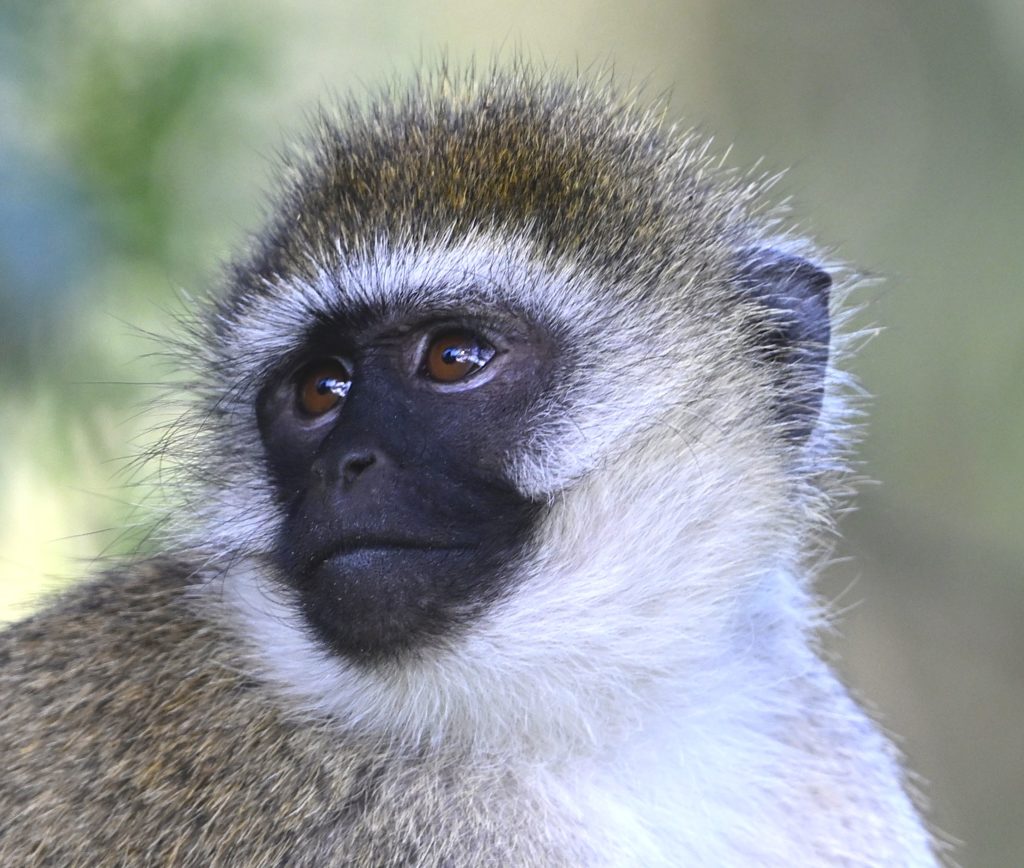
Vervet looking off into the middle distance.
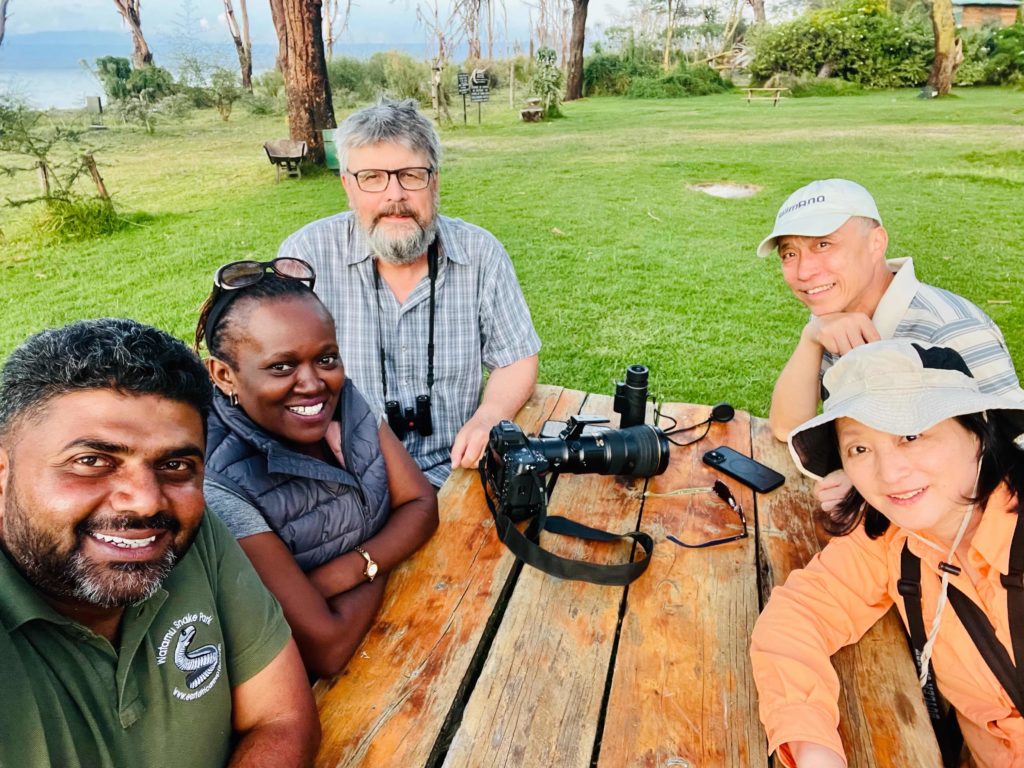
First staff meeting. From left, Mukhtar (owner of Bunduz), Carol (co-instructor and logistics coordinator), Steve, Yuxiang, and Wei
More great details! This is all fascinating, especially the ecology of Lake Naivasha. I especially loved the details about the vervet monkeys stealing attention, hearts, and watermelon. Nice!
Hungry, happy hippos are a huge highlight!
Thank you for the lesson in water management (mismanagement?). I think as Canadians, with our abundance of freshwater, we can sometimes take it for granted. The information you shared today underscores what a fragile and finite resource it really is.
I’m loving the bird and wildlife photos. What amazing colours and vibrancy in some of the plumage.
And I can’t get over the hippo! I echo the person who shouted “Holy crap, it’s hippo”. I thought the same thing looking at the picture.
Thanks for the blog!